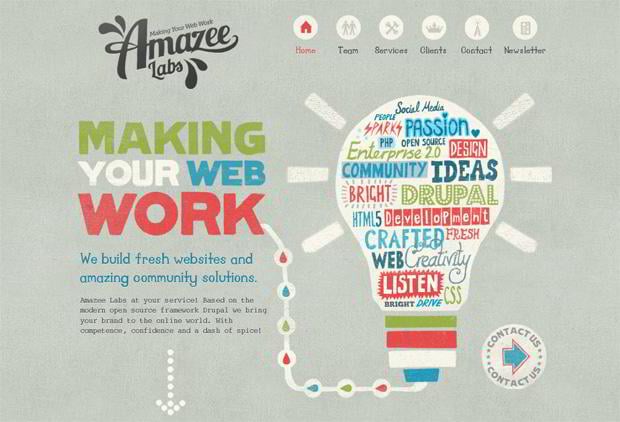In the past, websites were easy and focused on information. Navigating was direct, and design was for desktops. Now, user experience is vital. Data overviews layouts for very easy navigation. Receptive designs fit various devices. Today, dark setting lowers stress, and minimalist menus boost navigating. Interactive functions involve individuals, and bold visuals stand apart. AI assimilation increases involvement. See how layout has developed to boost your on the internet trip.
Very Early Days of Website Design
In the very early days of web design, simplicity preponderated. Sites were basic, with limited colors, font styles, and layouts. The emphasis was on providing info as opposed to showy visuals. Users accessed the net through slow-moving dial-up connections, so rate and functionality were key.
Navigating food selections were straightforward, generally situated at the top or side of the page. Web sites were created for home computer, as mobile browsing had not been yet prevalent. Material was king, and developers focused on very easy readability over intricate style elements.
HTML was the main coding language used, and designers needed to work within its restraints. Computer animations and interactive features were minimal compared to today's requirements. Websites were fixed, with little vibrant content or tailored individual experiences.
Rise of User-Focused Layout
With the advancement of website design, a shift in the direction of user-focused style concepts has actually become increasingly prominent. Today, creating sites that prioritize individual experience is vital for engaging site visitors and achieving service goals. User-focused style includes comprehending the demands, preferences, and habits of your target audience to tailor the site's layout, web content, and features appropriately.
Developers currently conduct complete research, such as individual surveys and usability testing, to gather insights and feedback directly from customers. This data-driven approach helps in developing instinctive navigation, clear calls-to-action, and visually appealing interfaces that resonate with site visitors. By putting the user at the center of the design procedure, sites can deliver a much more customized and enjoyable experience.
Receptive style has additionally emerged as a key aspect of user-focused design, making sure that websites are maximized for various tools and screen sizes. This flexibility enhances accessibility and functionality, satisfying the varied methods customers communicate with internet sites today. In essence, the increase of user-focused layout signifies a shift towards producing electronic experiences that focus on the demands and expectations of the end user.
Modern Trends in Web Design
Discover the most up to date trends shaping web design today. https://jaidenbvohz.blogsvila.com/29997900/crafting-engaging-advertising-and-marketing-text-for-your-pay-per-click-projects is dark setting style, supplying a sleek and contemporary look while lowering eye strain in low-light settings. One more vital pattern is minimal navigation, simplifying food selections and improving customer experience by concentrating on essential elements. Including micro-interactions, such as computer animated switches or scrolling impacts, can produce a much more engaging and interactive site. Responsive style remains vital, ensuring seamless individual experiences throughout numerous tools. Additionally, making use of strong typography and asymmetrical layouts can add aesthetic passion and accentuate details web content.
Incorporating AI innovation, like chatbots for customer assistance or individualized recommendations, improves customer interaction and improves processes. Accessibility has additionally come to be a considerable fad, with designers prioritizing comprehensive design methods to satisfy diverse customer needs. Welcoming sustainability by maximizing web site efficiency for speed and effectiveness is another emerging fad in web design. Working together with customer comments and information analytics to repeat and boost style continually is important for remaining appropriate in the ever-evolving electronic landscape. By accepting these modern patterns, you can develop an aesthetically enticing, easy to use site that resonates with your audience.
https://www.lawfuel.com/blog/6-law-firm-seo-keyword-ranking-tips/
As you assess the development of web site layout from the very early days to currently, you can see how user-focused layout has actually come to be the driving force behind modern trends.
Embrace the trip of change and adjustment in web design, constantly keeping the individual experience at the forefront.
Remain present with the most recent patterns and innovations, and never stop advancing your strategy to create visually spectacular and easy to use internet sites.
Advance, adapt, and create - the future of web design remains in your hands.
